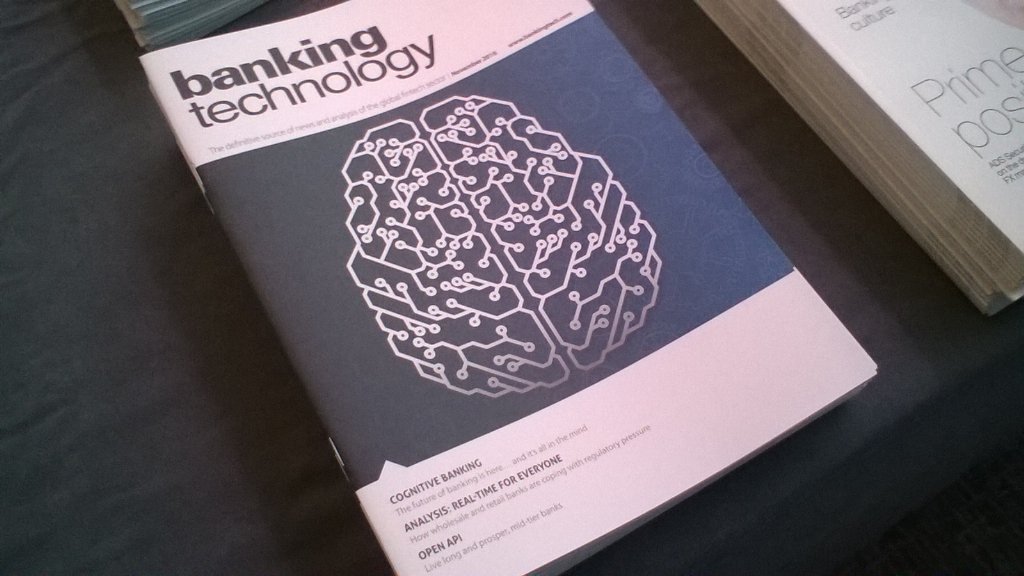Payments International: PSD2 the perennial puzzle
The Payment Services Directive (PSD2) still leaves some in the payments industry confused as to where the risks and opportunities lie.
This was one of the opinions from Payments International in London – a four-day conference of panel debates, polls and Q&A – that runs 15-18 November.
At yesterday’s (16 November) sessions, Banking Technology’s first review examined how banks need to show courage and radically change their traditional mindsets if they are to deal with the threat from start-ups.
Also on the same day, one panel debate looked at PSD2. The discussions didn’t throw up anything incredibly new, but the audience polls perhaps show where the fintech industry is and what it comprehends.
When asked about what risks and opportunities for PSD2 are understood, 71% said “somewhat understood”. Still some way to go then.
In terms of firm’s attitude to understanding the benefits from PSD2, 44% said yes.
The vote was more decisive over whether the delegates would consider working with third party providers. Here, 66% said yes. Open banking was also polled – and 48% think non-bank tech giants will gain from the rise of open banking.
In terms of the panel’s views on PSD2, Becky Clements from Metro Bank was full of praise for the UK Payment Systems Regulator’s (PSR) strategy.
While John Lyons at RBS wanted to “dispel some myths” about banks’ preparations. He said banks have “moved to improve their architecture over the last three years”.
The question of application programming interfaces (API) came up now and then, and Lyons added that the technology is “easy” but the commercialisation will “make or break” banks and firms.
For Leda Glyptis at Sapient Global Markets, the scenario was clear. She thinks the “financial plumbing will come” but the reasons for firms’ existence in the payments industry will need to be “redesigned”.
Europe conquers all
Elsewhere, other debates went reasonably well.
Because of the London location, most delegates were from Europe, but there was also a chance to hear views from outside.
Liz Garnier from the US-based Merchant Advisory Group was very open about the state of payments over there.
She said: “We are just in the process of going to EMV and so we are behind the rest of the world. The deployment in the US has also not gone smoothly. People have ordered the hardware but are still not certified.”
Refreshingly, no jargon. Just Garnier giving it straight: “Payments in the US are clunky, yet the demand for faster payments is there. We are moving slower than we’d like to go.”
Back to the European view and in a panel discussion on customers’ expectations – always tricky – Aldo De Jong from Claro Partners summed it up best.
He noted: “We threw away segments and focused on modes. One and the same person can be in different modes. A person could be thinking about the future, or another time have indulgent behaviour.”
Modes? Maybe he meant moods. But both work.
For the payments industry, all players know they have to react to consumers’ needs. Not easy.
As De Jong said: “Consumers are completely irrational. Finserv is not about finance – it’s not about a 5.3% or 5.4% interest rate. It’s about playing to emotional needs.”
Perhaps more polls then for their customers? To find out those needs.
The Payments International event had a lot of polls, which were more revealing and interesting than the panel discussions.
Conclusion
The show went well. And it’s still going. Not a huge event. About 200 people on the day I was there.
The day could have been shorter with briefer panel discussions. Some debates went on for 65 minutes. Way too long. The Hemingway over Herodotus approach works best in fintech.
But let’s end on good news (for one continent at least). Hearing some views from US and Japan, it seems Europe is leading the payments charge.
The continent, and I would argue this applies for most aspects of fintech, is the most innovative and dynamic.
As with the Agricultural and Industrial Revolutions, the proximity of European nations to each other mean ideas are exchanged rapidly and efficiently.
It looks like the European payments space is also benefitting from a lack of space between countries.













































